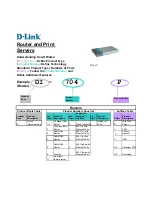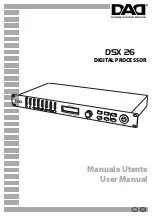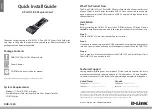
1
O
VERVIEW
OF
D
IGITAL
W
IRELESS
N
ETWORKING
Introduction
AirConnect
®
from 3Com is made up of a series of products that work together to
deliver high-speed digital wireless networking. This technology provides connectivity
between wireless clients and network nodes in a variety of indoor environments,
and also provides bridging architecture between wired and wireless network
segments. AirConnect is based on the IEEE 802.11B standard, and delivers 11 Mbps
data transfer rates.
The core hardware products that make up an AirConnect network include
the following:
■
A wireless network interface card (NIC) installed in a wireless client, either
a PC Card installed in a notebook computer, or a PCI card installed in a
desktop computer.
■
Access point, or AP, which serves as a wireless network node.
■
PowerBASE-T (optional), which provides bus power to the access point when
connected to an Ethernet network.
Also included in your AirConnect kit are an AP mounting bracket and hardware,
a serial cable, a power adapter and associated power cables, and one CD: the
AirConnect Installation
CD.
AirConnect Network
Topologies
To better understand how the various AirConnect products work together to create
a wireless network, it might be helpful to depict a few of the possible AirConnect
network topologies. The topology used in a particular environment depends on many
factors, such as the functionality of the AP in the network, or desired data transfer
rates. Your AirConnect network topology will probably resemble one of the following
scenarios, or perhaps a combination of two or more.
Peer-To-Peer Network
The simplest AirConnect topology consists of one AP providing a single-cell
network for wireless clients. In this scenario, as shown in the figure below, the
wireless clients (notebook and desktop computers with the AirConnect NIC
installed) communicate through the AP on a peer-to-peer network. The clients can
be moved anywhere within the coverage area of the AP, and still communicate
with each other. The AP in this instance serves the same purpose as a stand-alone
network hub, and is not connected to any other network segments.










































